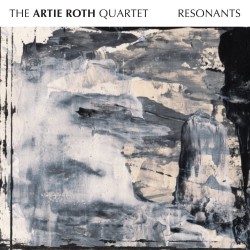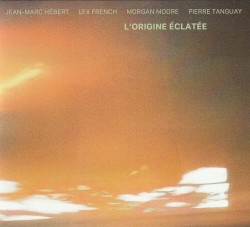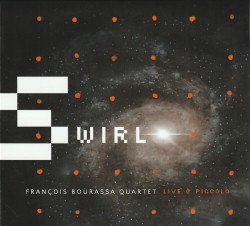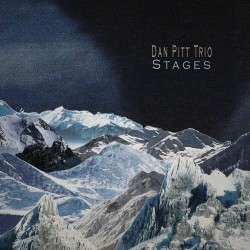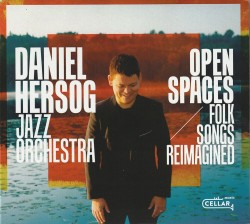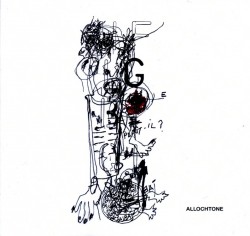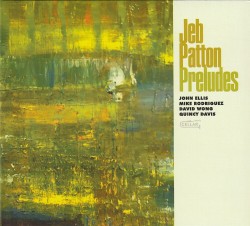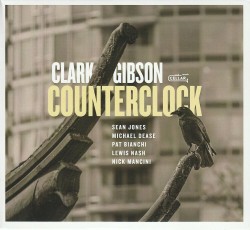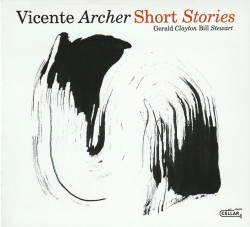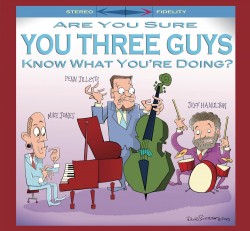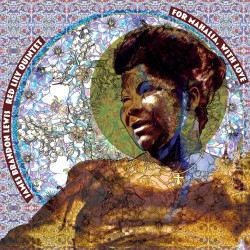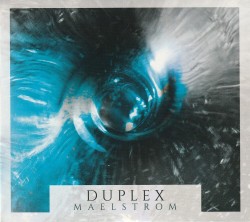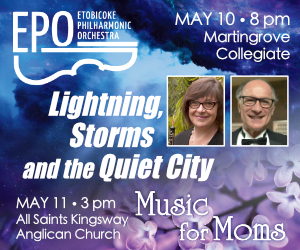Don’t Ask Me - Sam Dickinson Trio
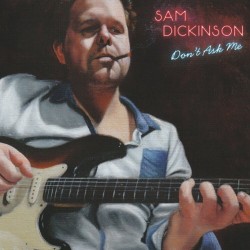 Don’t Ask Me
Don’t Ask Me
Sam Dickinson Trio
Independent (samdickinsonguitar.com)
Don’t Ask Me is an enjoyable album from Toronto guitarist/composer Sam Dickinson who has studied at Humber College, the New England Conservatory, McGill University and received a Doctorate from the University of Miami in 2019. The album is an engaging and diverse set of works displaying his substantial guitar chops.
Dickinson’s trio includes Jim Vivian on bass, with Adam Arruda and Terry Clarke alternating on drums. South Florida Task Force has a funky 7/4 groove and the guitar part is fusion inspired, effortlessly jumping through lithe melodies. Old Folks is a beautiful piece featuring acoustic guitar which begins slowly as a solo with some jazzy folk chords, then bass and drums enter and it builds into some expressive solo lines. Memory Lane also has some very nice acoustic playing and features Vivian›s bass, initially playing an exquisitely bowed melody and then evolving into intriguing pizzicato lines. Don’t Ask Me is an impressive and assured debut album and we look forward to more work from Dickinson.


